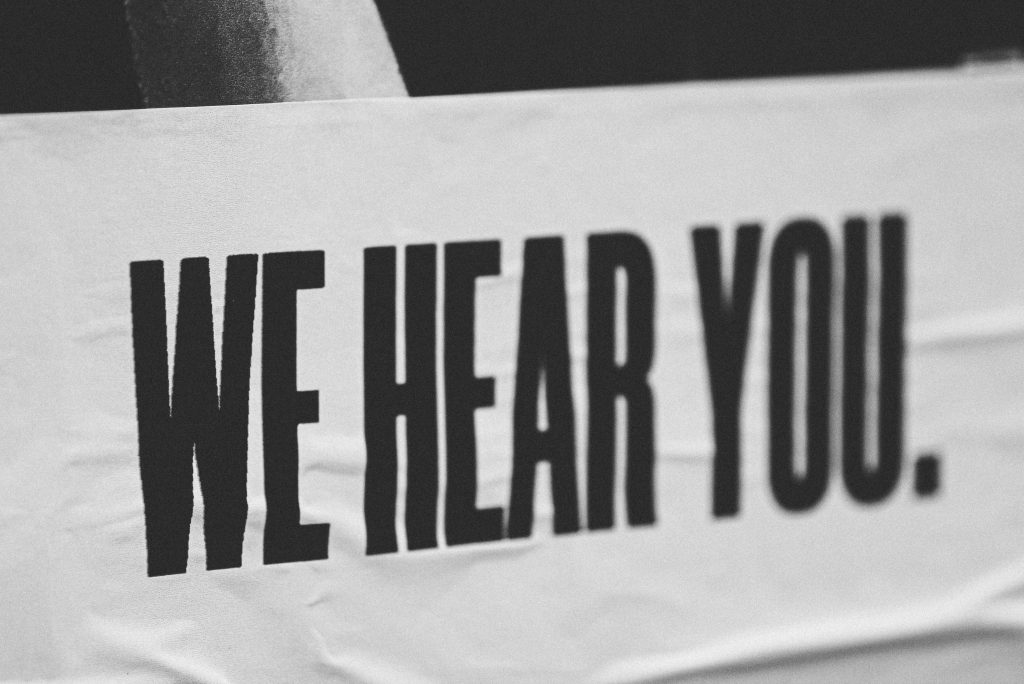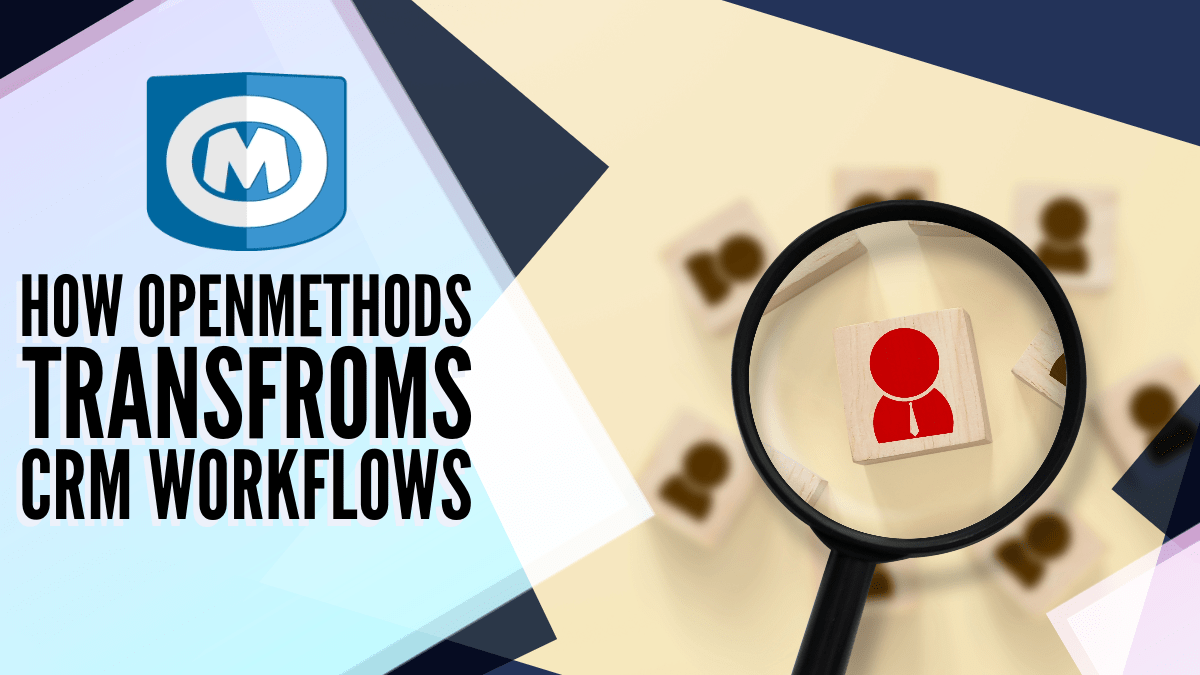
Product Marketing Manager
Customer Experience – or CX – has become a strategic pillar for most organizations. Smart brands know that their customers expect effortless experiences and interactions in addition to products and services. In their latest Future of CX report, Forrester predicted that CX will impact a brand’s market differentiation and financial performance. That is to say, these findings solidify CX’s role as a forerunner for a brand’s mission and strategy.
So let’s take a look at the top CX metrics to track and measure in your contact center.

Customer Satisfaction
There’s a reason Customer Satisfaction (CSAT) has long been the top CX metric – it’s impactful. CSAT metrics are easily gathered via surveys, and they provide a ton of valuable information on how your customers respond to the interactions. Similarly, customers can provide feedback on the quality of assistance they were provided, how easy it was to contact a representative, or their likelihood of using a product or service again.
CSAT is great at highlighting what is and isn’t working in your CX strategy. This provides your brand time to react and fine-tune based on your findings. It also helps make informed, data-driven decisions based on real customer feedback.
Check out how one customer increased their CSAT 20% using the OpenMethods’ PopFlow.

Net Promoter Score
Although Net Promoter Score (NPS) seems similar to CSAT, it’s different in the value it brings. CSAT measures short-term customer satisfaction, NPS measures long term satisfaction and brand loyalty. Not only does NPS indicate customer satisfaction, but also how it compares to competitors. It is a metric understood by all levels of an organization, and links to revenue.
NPS tracks:
- Promoters – customers likely to recommend your product to others
- Passives – customers who are neither satisfied nor dissatisfied
- Detractors – dissatisfied customers likely to churn.
Overall, NPS data helps provide deep understanding of your customers and what they look for from your brand, product, and experiences. And more importantly, it boosts loyalty over time making it the skeleton key for the rest of your CX strategy.
Learn more about the importance of CX in our You Can Make CX Effort Easy blog post.

Average Handle Time
Time is precious for both your agents and your customers, and Average Handle Time (AHT) helps maximize both. AHT is usually calculated as [Talk Time + Hold Time + Agent Followup] / Calls. A low AHT indicates efficient agent performance. AHT can be used to inform:
- How efficiently your agents resolve customer issues
- How efficient your technology assists agents in solving customer issues
Most AHT scores improve with agent training and providing customers with self-service resources. However, an often overlooked factor can be your current call center technologies for agent efficiency. Even the best trained agents can fall victim to redundant workflows, cumbersome processes, and overwhelming technology. Meaning, if you provide your agents with both training and technology built for efficiency, you empower your agents to deliver world class CX to each and every customer.
See how PopFlow helps decrease AHT by streamlining repetitive workflows and processes.

First Call Resolution
First Call Resolution (FCR) tracks whether customers were able to resolve their inquiry in their first interaction. This interaction may originate in phone, chat, email, or other communication channel. A high FCR score directly impacts CSAT and NPS scores, and also highlights operational efficiency.
The SQM group found that 93% of customers expect their issue to be resolved on the first call, which means your customers have an expectation before the even make first contact. Making sure you can merge your customer’s expectations with your brand’s experience is essential for quality CX. Overall, you’ll want to make sure you CX strategy includes FCR as one of its essential metrics to track.
Learn more about how OpenMethods helps increase your FCR by empowering agents with the interaction-specific customer info.

Customer Effort Score
A Customer Effort Score (CES) calculates how much effort a customer spends to resolve an issue, answer a question, or purchase a product. As CES decreases, metrics like CSAT, NPS, and FCR begin to rise. This means you want to make it simple and effective for customers to self-serve and interact with your brand.
The Harvard Business Review found 81% of customers try to resolve their own issues before making first contact with a brand. Meaning your customers expect seamless transactions and experiences when they interact with your brand; they do not want to hunt for information when they have a question. Customers expect an easy-to-navigate website, up-front contact information, and the option to interact in multiple channels. Consider the customer experience of navigating your digital assets and initiating first contact with your brand when building your CX strategy. Overall, the easier you make it for your customers to interact with you, the more customer loyalty your brand receives.
Check out how you can manage all your communication channels with a single application.
Effortless CX is becoming a non-negotiable customer expectation. As a result, brands have more opportunities to revamp and redesign their strategies for delivering exceptional experiences to their customers.
Interested in equipping your agents with CX technology that will reduce customer effort, increase NPS, and have an impact on agent satisfaction? Reach out to OpenMethods to talk about the OpenMethods Experience Cloud platform.




